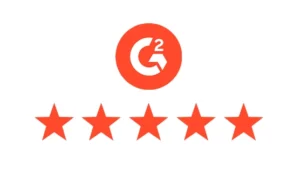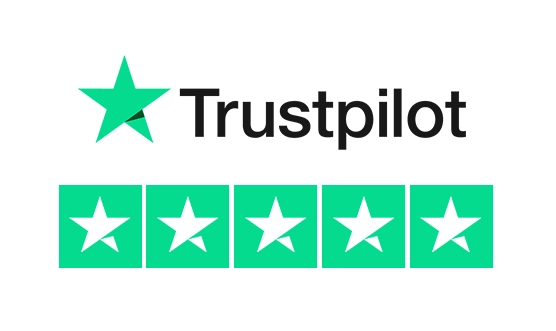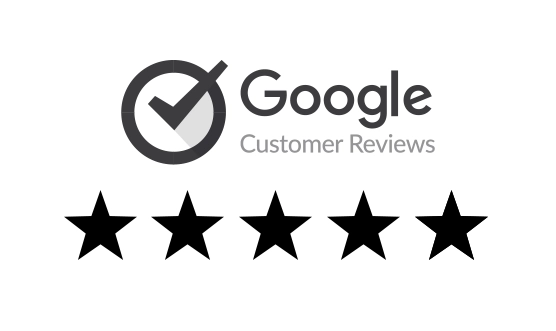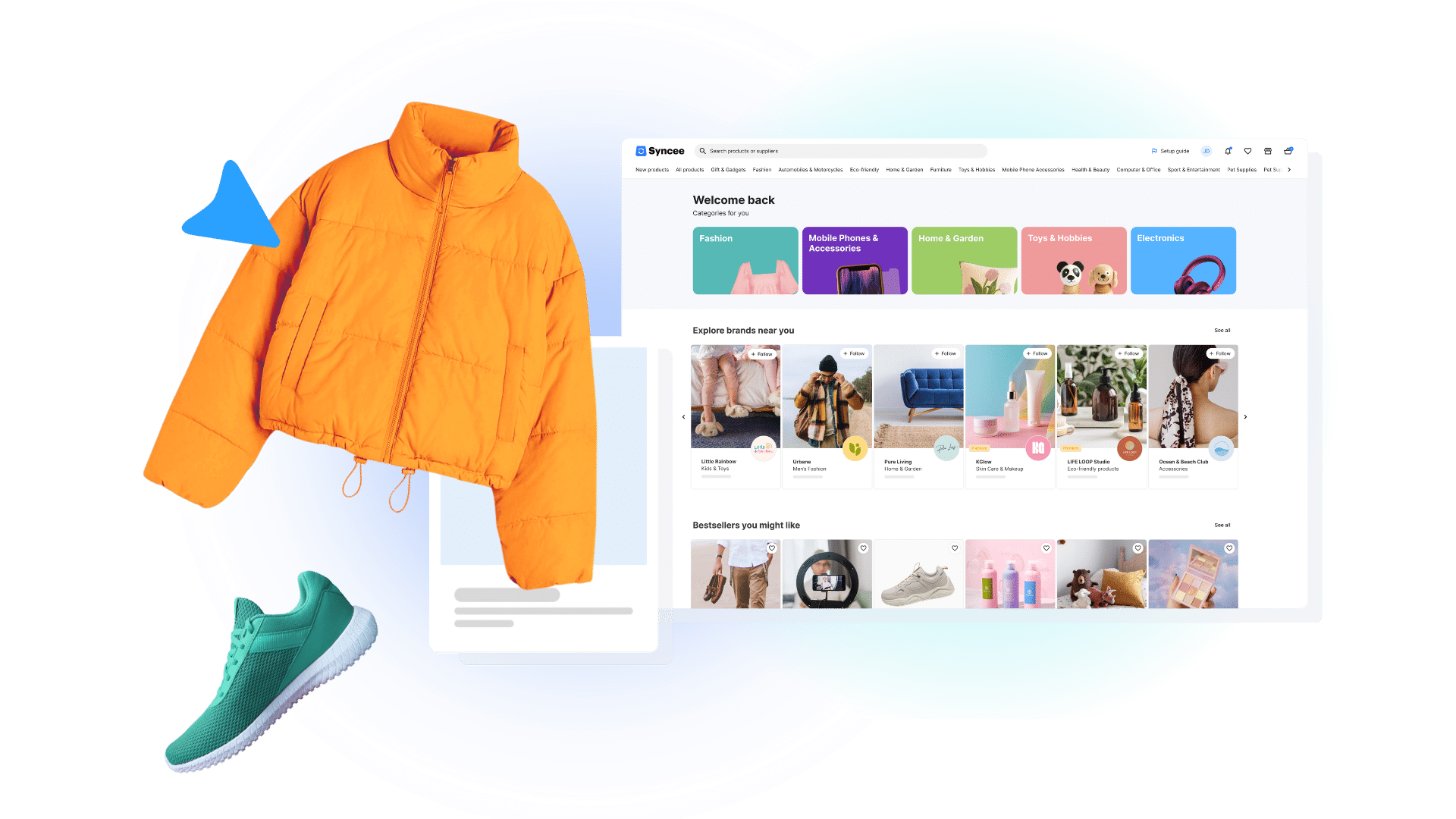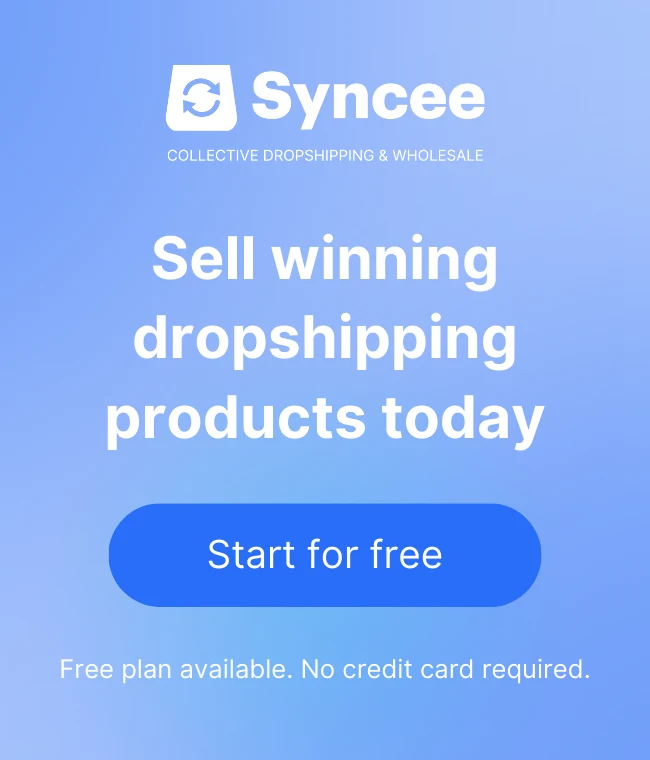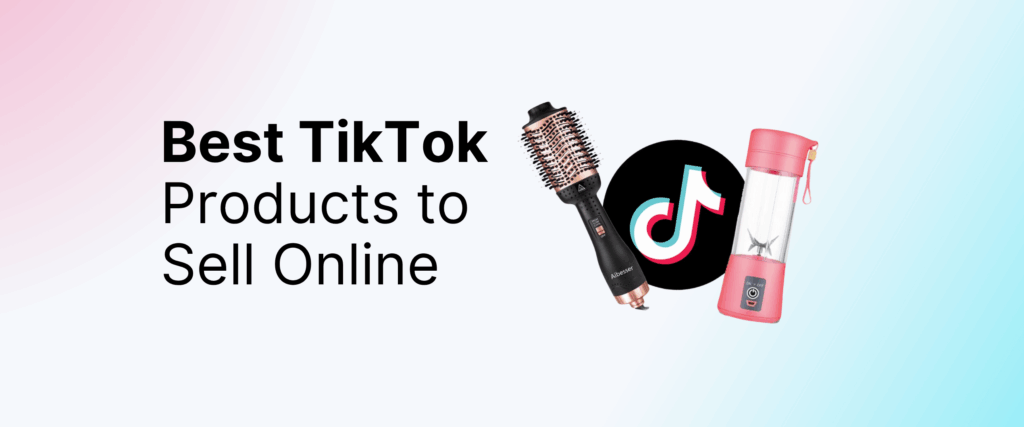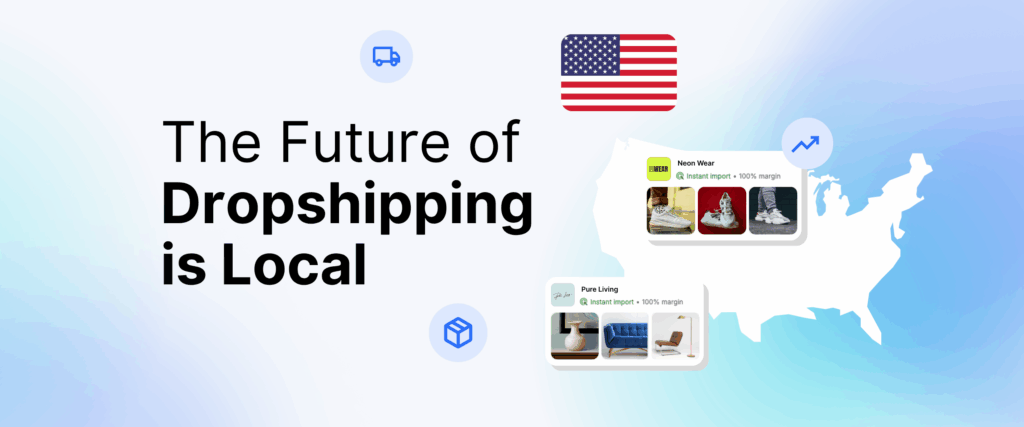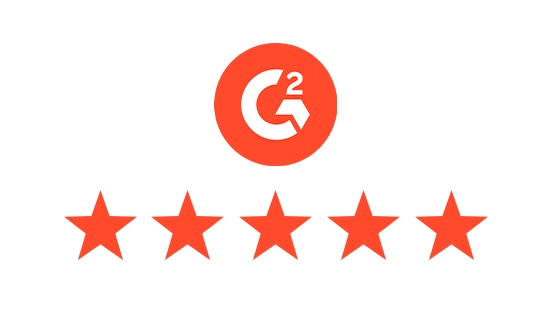Have you already realized that having a Shopify store is not as easy as they claim? You also see a lot of other stores closing in your area? Here are the reasons why!
Shopify is renowned for great entrepreneurial opportunities, where nine to fivers are quitting their jobs and step on the path of self-employment. Whenever you read about Shopify, you get hundreds of articles about how to open your store and become rich with just a small capital investment by utilizing the drop shipping method. While it is true that there are hundreds of successful Shopify store owners from all around the world, but is it really the ultimate solution to get rich? One can read thousands of complaining posts in forums or social media, where people are telling about the fact they do not make any sales, even though they got visitors every day. Shopify stores are closed down every day because they are not able to maintain themselves. But what is going on?
Shopify and e-commerce have become synonymous over the past years, however, there are more platforms on the market, and you can check which one would be the best solution for you. Alternatives to Shopify are available if you’re looking for another platform.
Drop shipping is a great alternative to create your online store. However, you need a great skill set to differentiate your store from all the others who sell products from marketplaces like AliExpress or eBay. In one of our other articles, we introduce an alternative business model to drop shipping which can positively affect your sales.
We have found that there are many causes of this phenomenon. In this article, we are enumerating the mistakes that can result in fatal business failure and cause Shopify store owners to close down their store either temporarily or forever.
1. Starting a business with the “get rich quick mentality”
Why most people start their own Shopify store? Because they read everywhere that this is one of the best opportunities to quit the daily grind and to establish themselves as a successful entrepreneur. When you Google for the Shopify or drop shipping, you get thousands of results stating that this is a solution for all your financial problems and you can get rich quick, within a couple of weeks with minimum efforts. You only need to create your store, for what Shopify offers the means, you just need to purchase one of their plans. You import products from a supplier and forward your summarized orders towards them when it is needed. Then, the supplier forwards everything to your customers. Your hands stay clean, you never have to worry about shipping the products. Easy isn’t it?
Shopify VAs (virtual assistant) and gurus are constantly posting their stories how they became rich with Shopify. However, if you start your business thinking that you will barely need to do something with the store, only the management of the orders, you are wrong. Having a store is a serious hustle where you need to acquire, retain and engage customers, differentiate your store from competitors, update products and execute marketing techniques among others. Moreover, it will not make you wealthy within weeks. You need to pay your Shopify subscription, the subscription for the apps you use, cover marketing costs and pay for other methods to increase your traffic. Many people close their Shopify store after being in the business for couple days or weeks without earning any money and facing the tremendous list of daily todos they need to complete. This is a wrong narrative that people spread on the Internet and causes a fatal business failure if you do not do sufficient research beforehand.
2. Ignoring to do the maths
If you fail to plan and calculate your expenses before starting the business, you will most probably run into unexpected fees. It is highly recommended to analyze the pricing model of Shopify and what each plan offers. However, it is not only the platform you will need to pay for. Don’t forget to consider design, shipping, marketing, apps etc. Here is a list of expenses you need to expect when starting a new Shopify store:
- Shopify subscription
- Product sourcing application subscription
- Invoicing app subscription
- Paid design (If you do not want to use the free designs)
- Store front-end building
- Digital marketing (Facebook Ads, Remarketing, Email marketing, Cart abandonment, Adroll, Adwords, social media influencer etc.)
- SEO (if done by a third party or app)
- Monthly or annual fee for the supplier (if you are working with real suppliers, not people from eBay or Etsy)
- Costs of the products you order from the supplier (it is covered by the payment of your customer)
- Shipping costs
- Costs of a fulfillment center or courier service (if necessary)
- Employees (If you are a big store)
- VAs (if necessary)
3. Not having a plan
It is a serious mistake if you jump into e-commerce headfirst without having a corporate plan. Not knowing the dynamics of your field will result in low conversion rate, low traffic and the closure of your Shopify store, because it won’t worth to maintain it in the long run. You need to establish your goals, the techniques you would like to use to acquire customers and how to retain them. In order to make sure you do not omit any crucial element from your plan, just think through the whole purchase process from the perspective of the customer. Find the answer to questions like:
- How will you differentiate yourself?
- How will they find you?
- What do you want to sell?
- Did you make sure that your main message comes through your home page?
- What will they see first in the store?
- How will they see the products?
- How will they be able to buy it?
- What if they leave without buying anything?
- What if they abandon the cart?
- How can you lure these customers back to your store?
- What happens when they complete a purchase?
- How will you keep your stock up-to-date?
- How will you fulfill the orders?
- What if they want to contact you?
- What if they want a warranty?
- How will you ship the orders?
Of course, this list could go on with many other questions, because it still does not include anything about branding, employees, payment gateway, policies etc. Do your research before creating the store, because ignoring the initial investment of energy into your business will seriously affect customer experience, satisfaction and obviously, your wallet.
4. Refusing to do competitor and niche analysis
Have you already decided what kind of products you would like to sell? Great! Did you analyze your competition and the dynamics of your niche? No? Well, that is a serious problem. In order to succeed in e-commerce, you will need to check your competition and distinguish yourself from them. You need a name, a message, a solution for a problem which makes you different from others. If you do not know how your competitors behave and serve their customers, you won’t know how to beat them. Doing test orders or subscriptions to their mailing list is always a good choice because you will be able to see how they communicate and market their products. This tactic gives you an advantage over others because you will be able to see what they lack, what could be improved, or what are the strategies you can adopt. Even if there is a certain product type you prefer and you think you found the best supplier, there can be many other similar stores who sell the same products. These are essential aspects that you need to address and solve.
Regarding your niche, you need to decide which the best country to sell that product type is. You need to know if those products or services really sell where you would like to sell it. Google’s Market Finder is a great software to determine whether your idea will be a success, or is doomed. This tool shows the top countries with the biggest market share for your query. You also need to consider how regularly people buy that product, which will affect your pricing and marketing model. You need to find a target audience for your product. If you are aiming for every person on the Internet, without ever specifying prospective buyers for your products, you will never be able to flourish as a successful entrepreneur.
5. Using suppliers from another side of the world
The basic drop shipping model lies on suppliers who can be located in any segment of the world. Basically, you shouldn’t worry about shipment and delivery, because it is not you, the store owner who handles it. However, choosing a supplier who serves your customers is one of the most significant factors when creating an online store. Unfortunately, many people underestimate its caliber. The problem with this is that if you choose a supplier who is distant from your target audience, they will need to wait at least one month till they get it. This span of time is too lengthy for people today. We normally expect our orders to be delivered within a maximum of one week. Otherwise, we start to feel insecure, start to contemplate whether we will ever receive those items. We have seen many-many Shopify store owners who are looking for an alternative to this model because their customers are leaving, they request a refund or leave a negative review for the products.
If you are about to open your store, we heavily oppose this approach and would not recommend it at all. Instead of this, you should always look for trustworthy suppliers who are situated at least on the same continent with your target market. But the closer the better. This way, you can avoid the complaints, loss of revenue and a bad reputation of your store. Don’t leave your customers stranded, always aim for their satisfaction, choose local sellers.
Recently, merchants realized the need for swift product shipment. We are operating a Facebook group for suppliers and retailers in which we have more than 17,000 members from all around the world. We asked them in a survey about what are the most important factors for them when they are choosing suppliers. These are the responses they gave us:
Even though they realized that reselling the products of Chinese suppliers is not the best option, many Shopify dealers still start their store with this approach.
6. Avoiding to differentiate your store
As a consequence of the previous reason we explained, hundreds of Shopify merchants are selling lookalike or the same products. Because of the high popularity of the basic drop shipping model dealers started to resell products from marketplaces like Etsy, Amazon, eBay or AliExpress. As a result, shops from the same niche will offer the same products. First of all, this is disadvantageous because they will need a bigger effort to position themselves in the market. They will need more money and creativity to show the customers why they are better than all the other shops.
Moreover, most of the customers are also familiar with these sites. This all raises the question why would they buy from these stores, when they can buy exactly the same products from Amazon or eBay, with the same length of shipping. What is more, as Shopify store owners also would like to maintain their stores, and ultimately to get rich with this method, they will put 100-200% or even higher markup on each product. Just think this through. Same lengthy delivery? Same product? Higher price? So where is the advantage here for the customer? This will result in customers leaving your store right away. There is no surprise why these stores are being closed on a daily basis.
7. Branding error
Many stores fail to choose a niche before they set sails. We have seen several Shopify merchants who intend to start their store as a general merchandise store and want to limit their stock later. This is the same issue as avoiding the niche analysis. If you do not decide what kind of products you would like to sell, you will have a hard time figuring out how to address your customers. You will have to run several marketing campaigns for each product type, spend hours analyzing the behavior of the customers because it will be too varied. You won’t be able to create a unified strategy for each part of the purchase process. As a result, you will waste most of your time on never-ending menial tasks instead of laser focusing on one specific group of people to increase sales. Not to mention the fact that customer prospects will be confused when they visit your store, they won’t be able to figure out your message. It will be impossible for them to associate your business with a solution to one of their problems.
8. Using faulty product sourcing apps
No matter which e-commerce method you utilize in your store, traditional drop shipping or the innovative remote warehousing, you will need an application that is able to cater you and your customers. There are big differences between product sourcing applications when it comes to product import and update. You will need a different application for drop shipping if you import and order from AliExpress or eBay. On the other hand, you will again need another kind of app if you are working with files from local trustworthy suppliers.
Please note, that it is essential to consider the foundational differences of product managing tools when you open your store. If you choose one that does not fulfill your expectations or full of bugs you will have a hard time to manage the updates to your inventory. Just think about it, if you assume that the application is working flawlessly in the background, but in reality, it does not work as expected, customers will see wrong information on your website. This can be a serious problem when it comes to inventory quantity. If the product is already out of stock at your supplier and your app cannot update it properly, your buyers will pay for an item which is unavailable. These occurrences can damage the reputation of your store. People will leave negative feedback, which hinders future prospects to order from you. If you would like to find the best application to fulfill your needs read our other article.
9. Selling out of stock products
This mistake is closely related to the previous one. To become a successful Shopify entrepreneur, your most important task will be to keep your task up-to-date. Failing this step deteriorates customer satisfaction and decreases your sales. Don’t forget to schedule the automated management of your products to avoid the manual update and the uncomfortable situation of selling out of stock products. The selection of a great product sourcing tool will do all these processes instead of you, so you will have time to focus on other essential business activities. Why would you waste most of your day on the manual one by one import and update of your inventory when successful companies already developed a solution for this? Syncee can be a perfect match for your business goals. We are offering a 7-day free trial, so don’t hesitate anymore and try our service out.
Always keep in mind, to become successful, your priority should always be the satisfaction of the customer!



